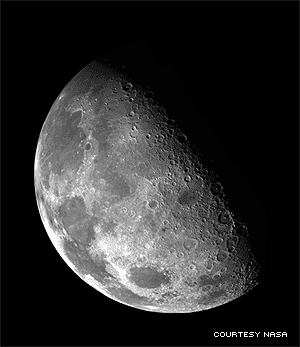Solar + Battery Car DIY STEM Kit
$11.99$5.95
 The transition from day to night is caused by the spinning of the Earth about its axis. We experience day when we are on the half of the Earth facing the Sun, and night once we have been spun around to the other side.
The transition from day to night is caused by the spinning of the Earth about its axis. We experience day when we are on the half of the Earth facing the Sun, and night once we have been spun around to the other side.
 'If you would be a real seeker after truth, it is necessary that at least once in your life you doubt, as far as possible, all things.'
'If you would be a real seeker after truth, it is necessary that at least once in your life you doubt, as far as possible, all things.'